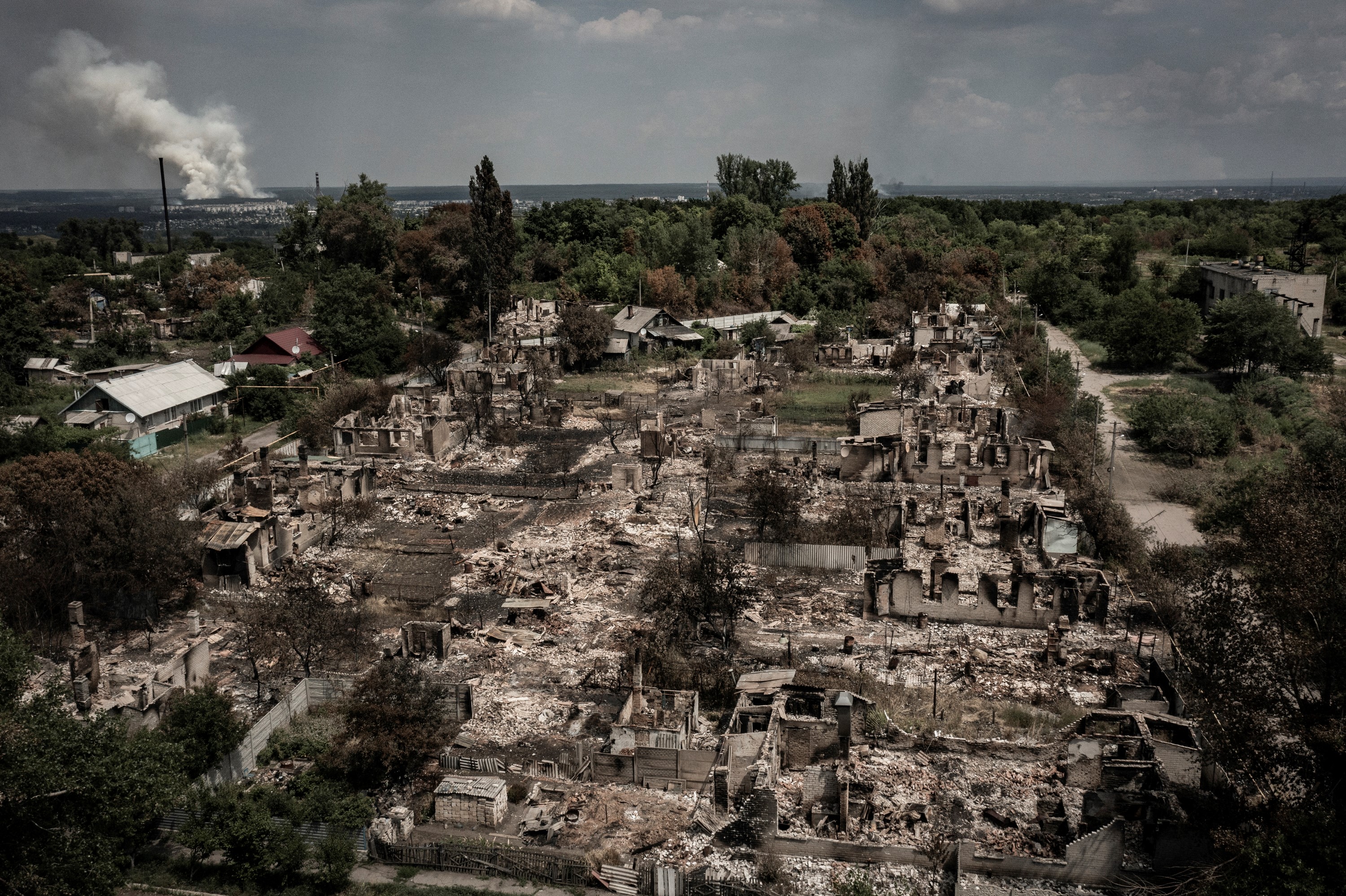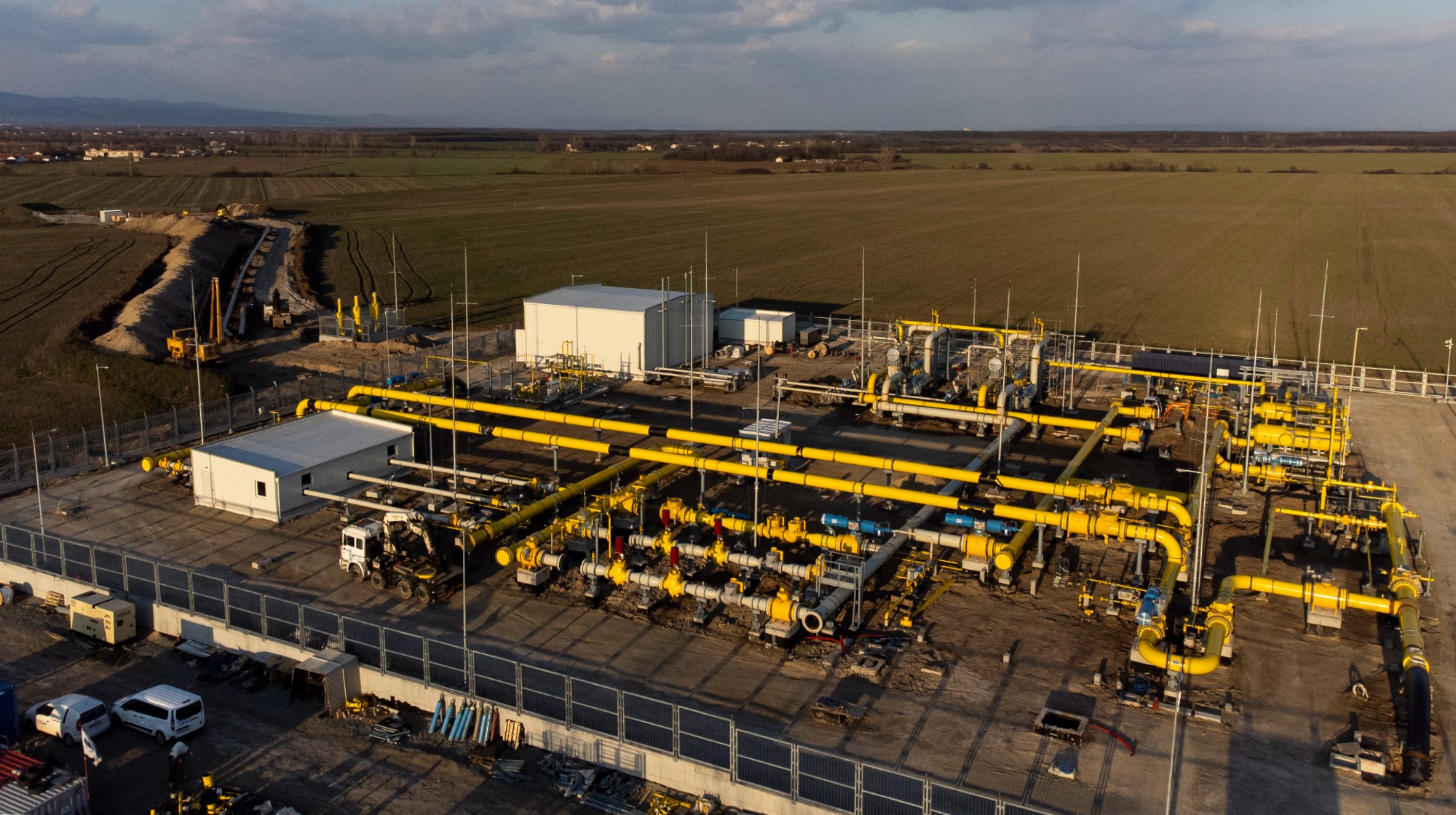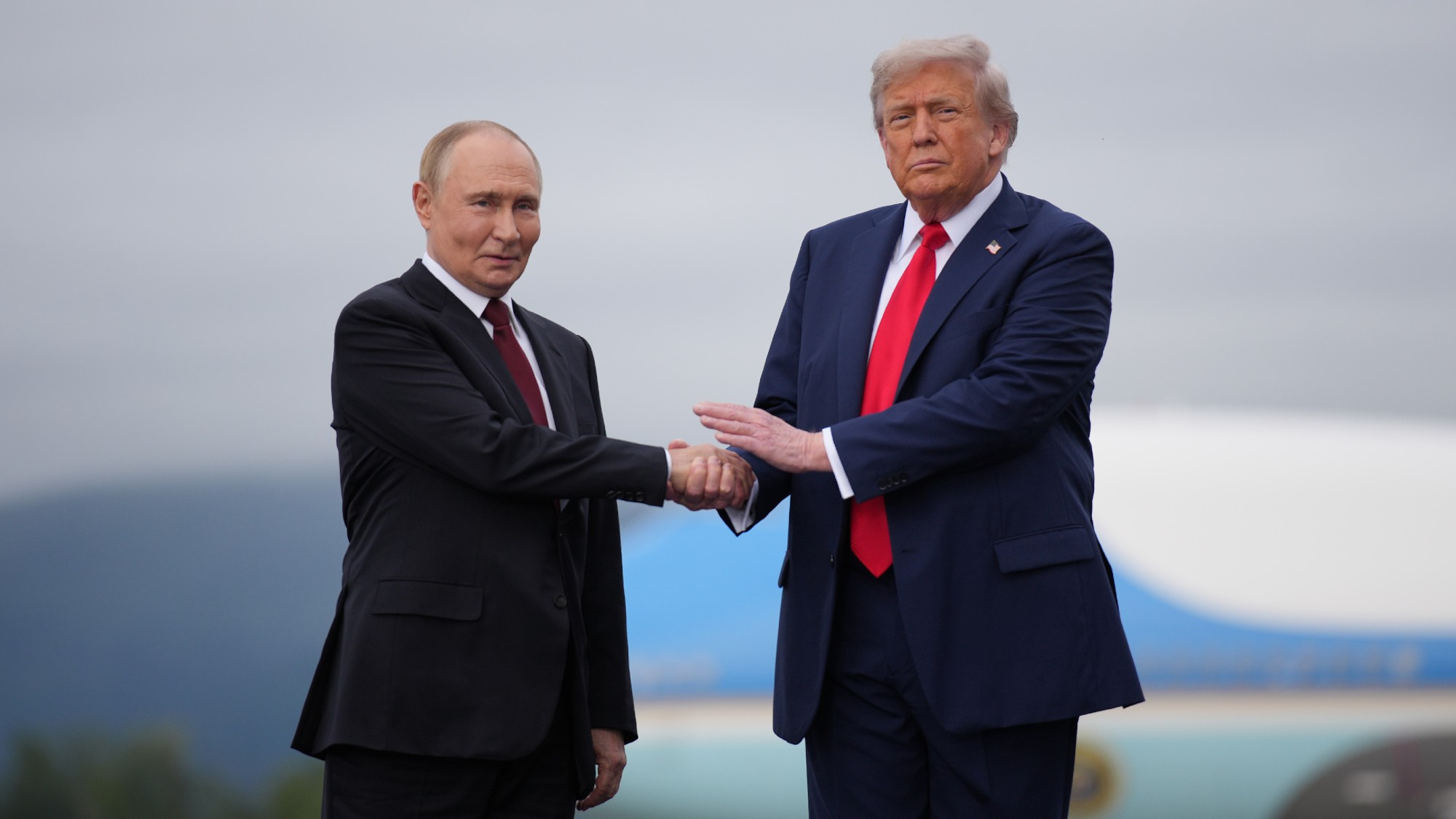Why is the West divided over fighter jets for Ukraine?
Race to arm Ukraine reflects a shifting balance of power in Europe between traditional forces and formerly junior partners

Days after Germany, the US and other allies agreed to send tanks to Ukraine last week, Kyiv put in a plea for 200 advanced fighter jets, such as US-made F-16s. President Biden was quick to rule out the idea. The UK said it would not be sending any jets for now; France said that it might offer fighter jet pilot training, and that nothing was “excluded”.
Ukraine said that it expects to receive up to 140 Western tanks in a “first wave” of deliveries, from as many as 12 countries. Germany is sending 14 of its Leopard 2 tanks; Poland has confirmed that it will send 74 tanks, including a further 14 Leopard 2s; other European countries, including Norway and the Netherlands, are expected to send smaller numbers.
In response to the allies’ tank pledges, Moscow accused the West of “waging a campaign against Russia” using a “puppet Nazi regime in Kyiv”; it also launched a fresh barrage of missiles at Ukrainian cities which killed at least 11 people.
The Week
Escape your echo chamber. Get the facts behind the news, plus analysis from multiple perspectives.

Sign up for The Week's Free Newsletters
From our morning news briefing to a weekly Good News Newsletter, get the best of The Week delivered directly to your inbox.
From our morning news briefing to a weekly Good News Newsletter, get the best of The Week delivered directly to your inbox.
What did the papers say?
Having won his lengthy campaign for advanced tanks, Ukraine’s President Zelenskyy has immediately moved onto the next item on his “military wishlist”, said The Times: F-16 fighter jets.
To prevail in this war, Kyiv needs weapons that can “disrupt Russian supply lines” far behind the front line. And while the F-16 is not a panacea, it is a “potent fighter” that would give a significant boost to Ukraine’s tiny air force. If the West wants a Ukrainian victory, it must give Kyiv the tools to “finish the job” – and that includes jets.
Without much of a defence industry of its own to call on, Ukraine is highly reliant on Western munitions, said the Financial Times (FT). But its “insatiable demands” have been emptying Western arsenals at an alarming rate, “and outstripping capacity to replenish them”. Nato says its members should have stockpiled sufficient munitions to see them through at least a month of “high-intensity combat”. Yet some members, such as Germany, now only have “supplies for a few days at most”. Replenishing these weapons stocks in short order will be difficult and costly, but it must be done.
“With the Berlin logjam finally broken, Ukraine is getting its tanks,” said Mark Galeotti in The Sunday Times. True, the total number promised by Western governments looks likely to fall well short of the 300 requested by Kyiv. But it could still rise to 200, and the influx of armour will at least help the Ukrainians drive back Russia’s anticipated spring offensive, and equip them for an “upsurge in the tempo and ferocity of fighting”.
A free daily email with the biggest news stories of the day – and the best features from TheWeek.com
Even so, huge challenges remain, said Dan Sabbagh in The Guardian. Russia is likely to announce a second mobilisation of troops on top of the 300,000 recruits it called up last autumn, and it’s not clear when the promised tanks will arrive: many are in storage and in a poor state of repair. Besides, history suggests that tanks only prove “decisive” when used in conjunction with infantry and air power, said Hamish de Bretton-Gordon in The Daily Telegraph. Sure, they’ll be useful in the short-term, but the West will eventually need to send fighter jets too if it wants to “kick Russian forces out of Ukraine”.
Trouble is, Zelenskyy hasn’t convinced his allies that he has a “plausible strategy” to achieve that, said Roger Boyes in The Times. So the US is escalating, but only with the “limited aim of pushing Russia into a stalemate that leaves open the possibility of a diplomatic settlement with a weakened Putin”. And even that’s risky. True, Putin is unlikely to turn to nuclear weapons; but he may step up the conflict in other ways – such as by sabotaging arms depots in neighbouring Nato nations. In this way, the conflict could drag on for years.
The race to arm Ukraine reflects a shifting balance of power in Europe, said Phillips Payson O’Brien in The Atlantic. Berlin, Paris and Washington have all been reluctant to send Kyiv the offensive weapons it needs to win, but are being pressured into acting by their formerly “junior partners” in the Baltics and eastern Europe. These countries are among the continent’s fastest-growing economies, and “instinctively understand the threat of Russian imperialism”. They’re not about to ease up soon.
What next?
Zelenskyy is due to meet EU officials in Kyiv this week, when he is likely to press for progress for Ukrainian accession to the bloc. But senior diplomats in EU capitals had earlier warned that Kyiv’s hopes of accession by 2026 were unrealistic and should be tempered, reported the FT.
The US was this week due to confirm the details of a new military aid package for Ukraine worth up to $2bn, Reuters reports. The package is expected to include, for the first time, longer-range weapons that would allow Kyiv to hit targets that were previously out of range.
-
 All roads to Ukraine-Russia peace run through the Donbas
All roads to Ukraine-Russia peace run through the DonbasIN THE SPOTLIGHT Volodymyr Zelenskyy is floating a major concession on one of the thorniest issues in the complex negotiations between Ukraine and Russia
-
 US offers Ukraine NATO-like security pact, with caveats
US offers Ukraine NATO-like security pact, with caveatsSpeed Read The Trump administration has offered Ukraine security guarantees similar to those it would receive from NATO
-
 How Bulgaria’s government fell amid mass protests
How Bulgaria’s government fell amid mass protestsThe Explainer The country’s prime minister resigned as part of the fallout
-
 Europe sets 2027 deadline to wean itself from Russian gas
Europe sets 2027 deadline to wean itself from Russian gasIN THE SPOTLIGHT As negotiators attempt to end Russia’s yearslong Ukraine invasion, lawmakers across the EU agree to uncouple gas consumption from Moscow’s petrochemical infrastructure
-
 Pakistan: Trump’s ‘favourite field marshal’ takes charge
Pakistan: Trump’s ‘favourite field marshal’ takes chargeIn the Spotlight Asim Munir’s control over all three branches of Pakistan’s military gives him ‘sweeping powers’ – and almost unlimited freedom to use them
-
 Is Europe finally taking the war to Russia?
Is Europe finally taking the war to Russia?Today's Big Question As Moscow’s drone buzzes and cyberattacks increase, European leaders are taking a more openly aggressive stance
-
 Pushing for peace: is Trump appeasing Moscow?
Pushing for peace: is Trump appeasing Moscow?In Depth European leaders succeeded in bringing themselves in from the cold and softening Moscow’s terms, but Kyiv still faces an unenviable choice
-
 Femicide: Italy’s newest crime
Femicide: Italy’s newest crimeThe Explainer Landmark law to criminalise murder of a woman as an ‘act of hatred’ or ‘subjugation’ but critics say Italy is still deeply patriarchal

